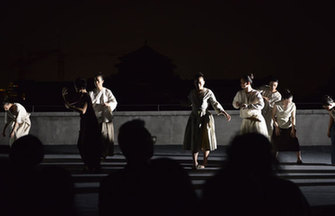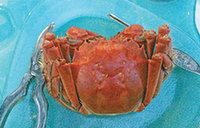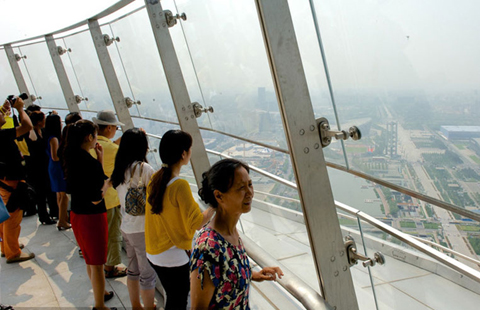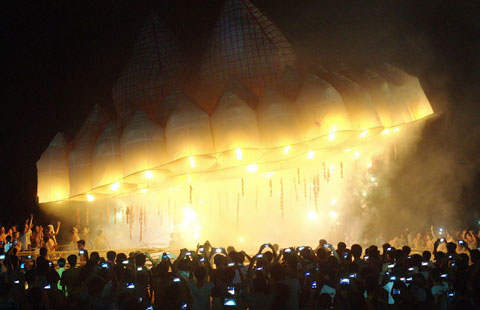'Customized' crustaceans
Updated: 2014-10-06 08:24
By Pauline D. Loh and Cheng Sijia(China Daily)
|
||||||||
Hairy crabs, or Chinese mitten crabs, are widely distributed along the estuarine deltas, inland lakes and waterways as far north as the Korean Peninsula and as far south as the river mouths in Fujian province of southeastern China.
In the north, the crabs are simply known as he xie or "river crabs". Further south, they are known as dazha xie, which literally translates to "big sluice crabs", a name that reflects the traditional way of catching the crustaceans by trapping them with bamboo sluices.
As in all things natural, the crabs flourish best where conditions suit them, and Yangcheng Lake has some of the most conducive environmental factors for mitten crabs to grow fat and delicious.
The lake's water is unpolluted, it is relatively shallow with a hard, sandy bottom and there are lots of aquatic plants - the makings of a crab paradise if conditions are left undisturbed.
To the connoisseur, the happy, healthy, bright-eyed Yangcheng Lake hairy crab has some distinctive characteristics: a shiny blue-green carapace, a fat snowy white belly, yellow hair on its legs and a pelt of hair on its golden claws.
In season, the female's roe is creamy, golden and richly aromatic, and the milt from the male is just as delicious.
All these excellent properties make the Yangcheng Lake hairy crab the crustacean of choice, and also caused its downfall.
Indiscriminate harvesting and farming in the past decimated the native crab population and polluted the waters. Aquatic plant species have disappeared, some forever.
A timely recognition of environmental threats is now slowly reversing the crisis. Crab farms are strictly limited to the eastern part of Yangcheng Lake with the rest protected by tough environmental laws.

 Happy moments of actor Lu Yi with his daughter
Happy moments of actor Lu Yi with his daughter
 Fashion designer bridges culture gap
Fashion designer bridges culture gap
 Singer Li Yuchun poses for fashion magazine
Singer Li Yuchun poses for fashion magazine
 Hundred Flowers Award ceremony opens in Lanzhou
Hundred Flowers Award ceremony opens in Lanzhou
 A quiet designer
A quiet designer
 Alibaba founder biopic could be underway
Alibaba founder biopic could be underway
 Star Stefanie Sun holds concert in Beijing
Star Stefanie Sun holds concert in Beijing
 Faye Wong's manager refutes star's drug rumors
Faye Wong's manager refutes star's drug rumors
Most Viewed
Editor's Picks

|

|

|

|

|

|
Today's Top News
Some protesters in HK decide to withdraw
China startups 'get smart' about healthcare devices
US, India stir S. China Sea debate
Brazilians more aware of breast cancer symptoms, survey finds
Ebola patient in Dallas struggling to survive, says CDC head
Ebola could reach France and UK
China's Xinjiang Corp marks 60th anniversary
19 arrested over clash in Hong Kong
US Weekly

|

|








